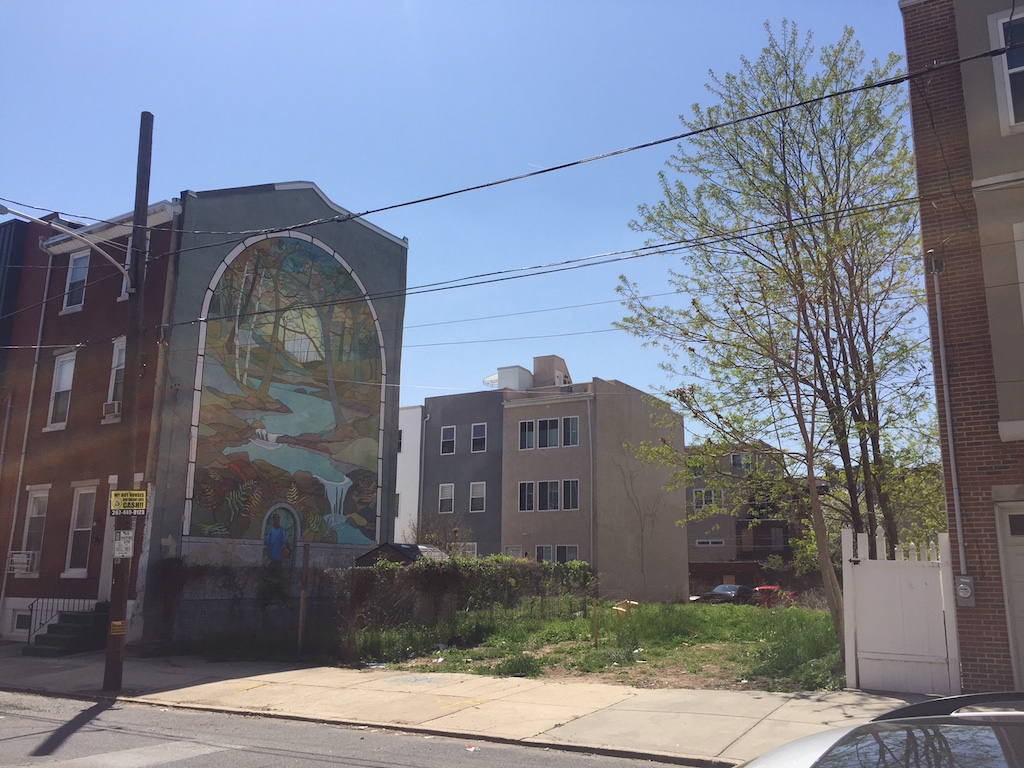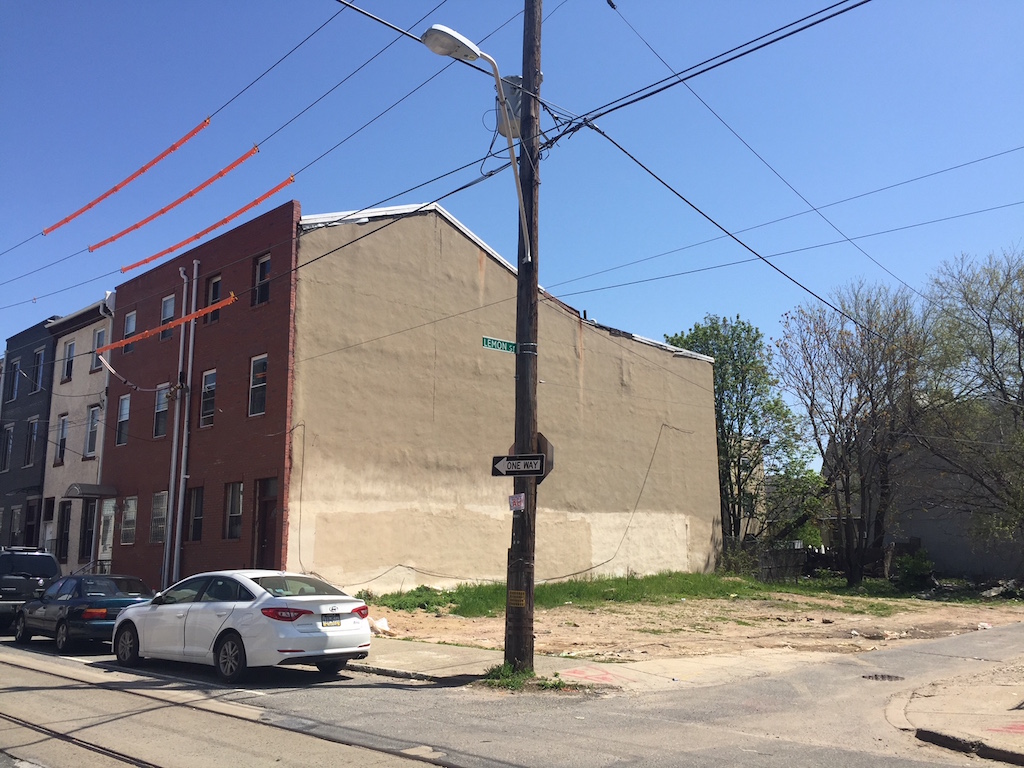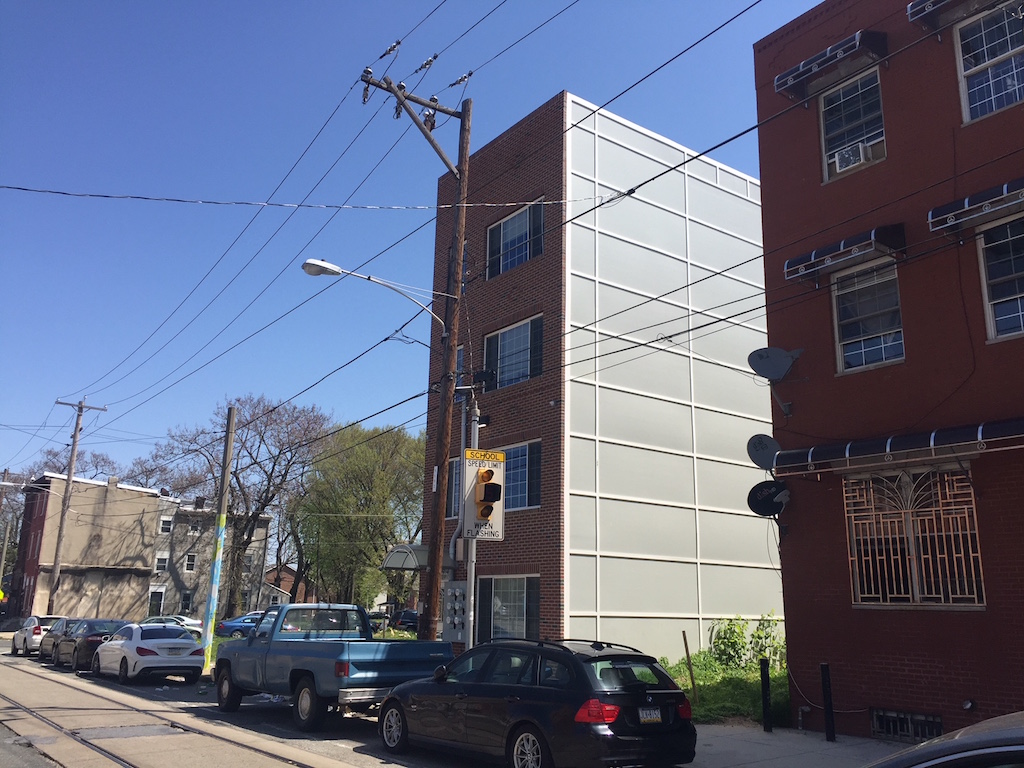We were looking through the docket for the ZBA yesterday, as we’re wont to do, and noticed five different projects seeking variances within a very small area of West Poplar. This seemed odd on its face, so we started investigating. All of the properties are owned by City agencies, a good explanation for why they haven’t been developed previously. This is also a pretty strong sign that they aren’t actually being developed by the City, but are being purchased as a group, by the same developer.




It didn’t take too long to determine that these lots have indeed been purchased by a developer, selected after the City issued a workforce housing RFP. Unfortunately, we couldn’t dig up the RFP, just a related FAQ, but that provided some useful insight. We saw that the RFP included ten more properties beyond the five on the docket from yesterday. We learned that the City was looking for a developer to build units with 3 bedrooms and 1.5-2 bathrooms at sale prices up to $230K. We have to assume that the buyers will have to meet certain criteria, like participating in housing counseling and having an income below a certain percentage of AMI. Figure the rules are probably the same as the workforce housing project we saw recently on the edge of Northern Liberties.
Since River Wards Group won that RFP, as well as the sizable workforce housing RFP in Francisville, we figured they were doing the West Poplar project as well, so we reached out to them for more info. Turns out it’s not their project, so we’re still left not knowing who won the RFP. Whoever it is, look for them to build way more than fifteen units on the fifteen parcels listed in the RFP. Looking at the five properties that went to the ZBA yesterday, plans call for numerous subdivisions and a total of fifteen homes. Figure at least a few more of the properties will get subdivided, resulting in even more units of workforce housing. If these homes are anything like the River Wards homes built a few blocks to the east, they’ll blend in pretty well with the surrounding neighborhood and thankfully fill in lots that have been empty for many years.
There’s a number of ways that a city can work to increase affordability and as far as we can tell, this is one of the better approaches. We’ve detailed previous efforts that required massive federal, state, or local subsidies which resulted in inflated construction costs and lax sale practices. In order to build these units, the only subsidy comes from the City selling the lots for less than they would sell for if purchased for market rate development. For the most recent workforce housing projects, the City is making the choice that subsidizing mixed-income development is more important than a few million dollars in the General Fund. You could certainly take the other side of that argument, as well.
